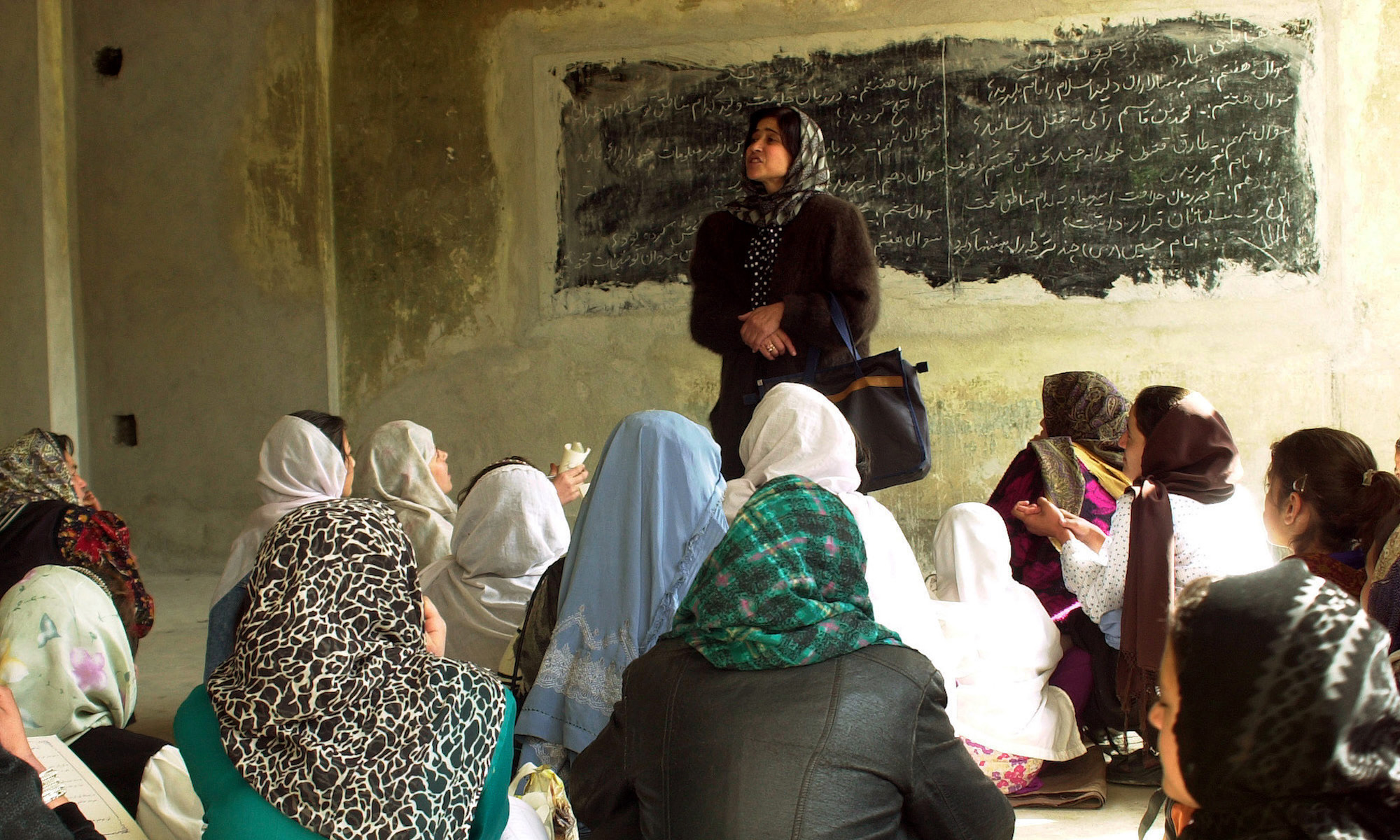This study examines factors that predict the formation of territorial autonomy arrangements for regionally concentrated ethnic communities. Territorial autonomies are institutional arrangements that allow ethnic groups to express their distinct identities while keeping the borders of host states intact. Although an extensive literature has investigated the capacity of autonomy arrangements to manage interethnic disputes, little research has addressed the precise origins of these institutions. The existing literature considers violent tactics as a primary factor that enables ethnic collectivities to attain territorial autonomy. In this study, the reasoning from the extant literature is juxtaposed with the arguments developed in the research on nonviolent opposition. Nonviolent movements enjoy moral advantage vis-a?-vis violent groups. Moreover, peaceful tactics have the advantage of garnering attention for the concerns of ethnic groups without the liability of provoking the animosity or distrust created by violent conflict. Based on the analysis of a dataset representing 168 ethnic groups across 87 states from 1945 to 2000, it is found that the peaceful tactics groups employ when seeking greater self-rule is the single strongest predictor of the formation of autonomy arrangements. In particular, this study concludes that groups that rely on peaceful tactics, such as protests and strikes, and demand territorial autonomy, as opposed to an outright independence, have a greater potential to achieve territorial autonomy in comparison to those groups making extreme demands through the use of violence.

INSCT Postconflict Research Database
The Institute for National Security and Counterterrorism's Postconflict Research Database & Analysis Project stores cross-indexed bibliographic information on hundreds of journal articles, books, book chapters, and case reports that address the broad, interdisciplinary fields of postconflict reconstruction, stabilization, and peacebuilding.
48 Replies to “Give Peace a Chance: Nonviolent Protest and the Creation of Territorial Autonomy Arrangements”
Comments are closed.